Let’s be real, when someone tells you to study, your hand probably doesn’t reach for a textbook first. It reaches for your phone or laptop. A quick YouTube video can explain algebra faster than two pages of a math book. A history channel might make World War II feel like a movie rather than a boring timeline. And for science concepts, animations beat black‑and‑white diagrams any day.
But here’s the catch, while screens have changed the way we learn for the better, books aren’t dead. They’re still critical. Ignoring textbooks isn’t the answer, but ignoring tech isn’t either. The real skill is learning how to balance the two.
Why Screens Are Here to Stay
Screens are not the “enemy.” In fact, they’ve opened up an entire world of learning:
- Visual Learning: A three‑minute video can explain what 20 minutes of plain text can’t.
- Access to Experts: You can hear from top professors, scientists, and historians, all for free.
- Speed and Clarity: You can pause, rewind, or watch multiple people explain a topic until it finally clicks.
- Global Learning: You don’t just learn what’s in your local syllabus; you get different perspectives, methods, and insights.
For many students, screens are not just an “extra.” They’re the main source of understanding. And that’s okay, if you know when and how to use them.
Why Schoolbooks Still Matter
It’s easy to think, “If videos explain it better, why bother with books?” Here’s why:
- Depth of Knowledge: Videos give you the surface, but books go deeper. Examinations, especially higher levels, are based on written sources.
- Focus and Patience: Reading trains your brain to sit with information longer. Screens encourage quick shifts, such as scrolling and switching windows. Books force you to slow down.
- Less Distraction: Textbooks don’t ping you with notifications in the middle of a chapter.
- Exams and Assignments: Like it or not, most academic systems still expect answers from textbooks and prescribed materials.
Think of books as strength training. They may not feel as exciting as videos, but they build the mental stamina you need for serious studying.
The Struggle: Why Balance Feels Impossible
Here’s what most students face:
- You open YouTube for a quick lesson, then three videos later, you’re watching memes.
- You sit with a textbook, but after 10 minutes, your brain drifts.
- Teachers say “books are best,” parents say “screens are ruining you,” and you’re stuck in the middle.
So how do you create a study plan that actually works in the real world?
Practical Ways to Balance Screens and Books
1. Divide by Purpose, Not Time
Don’t think of it as “two hours of books, one hour of screens.” Instead, ask: What’s this subject demanding from me?
- Need clarity? Start with a video.
- Need detail? Switch to the textbook.
- Need practice? Use books for solving questions and digital tools for quizzes.
You may get stuck in endless video watching: Decide before you press play: I’m only watching until I get this one concept clear. Then move straight to the book to reinforce it.
2. Screens for Understanding, Books for Retaining
Screens are great for first exposure. Books are better for memory.
- Watch a video to learn.
- Then write down what you learned, using your textbook. Combining both locks the information into your brain.
Writing feels slow: Don’t write everything, just write key points. Think of it like leaving a breadcrumb trail your brain can follow later.
3. Use Tech as a Tool, Not Entertainment (When Studying)
Learn to separate “study mode” from “chill mode.” Use different playlists, separate accounts, or apps that block distractions.
- On study devices, remove shortcuts to games or unrelated apps.
- Use Pomodoro apps (study timers) that kick you back to focus.
Notifications: Turn on “Do Not Disturb.” Keep only study‑related apps or tabs open. Yes, it feels hard at first, but it trains focus.
4. Create Rituals with Books
Books need habits to feel natural:
- Pick a set corner in your room where the only job of that spot is “book reading.”
- Light, posture, even a comfortable chair—make it different from how you sit with your phone.
Getting bored quickly: Use hybrid methods. Read 10 pages, then let a short video summarize that section. It breaks monotony without replacing the book.
5. Test Yourself Without Screens
After finishing a video and some book reading, close everything and recite what you understood. This forces recall, which is how memory really sticks.
Confidence crashes when you forget: Don’t panic—forgetting is normal. Go back, review, and notice what slipped. That’s where growth happens.
Conclusion
Screens and books don’t have to compete as they can balance each other. Think of screens as your “explainer,” the one who makes things clear. Think of books as your “trainer,” the one who builds your knowledge muscle.
In this era, you need both. Lean only on screens, and your focus weakens. Lean only on books, and you miss quick clarity and global insights. But together? They make you a stronger student, one who understands, remembers, and can apply.
So the next time you sit down to study, don’t pick a side. Use both. Let the screen teach you, let the book strengthen you. That’s balance.
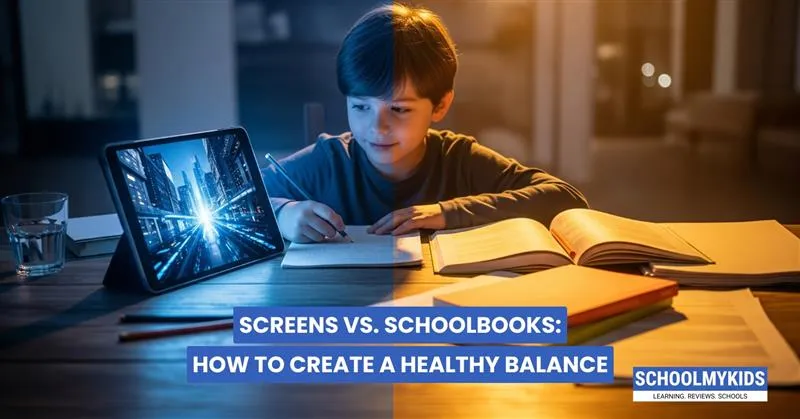
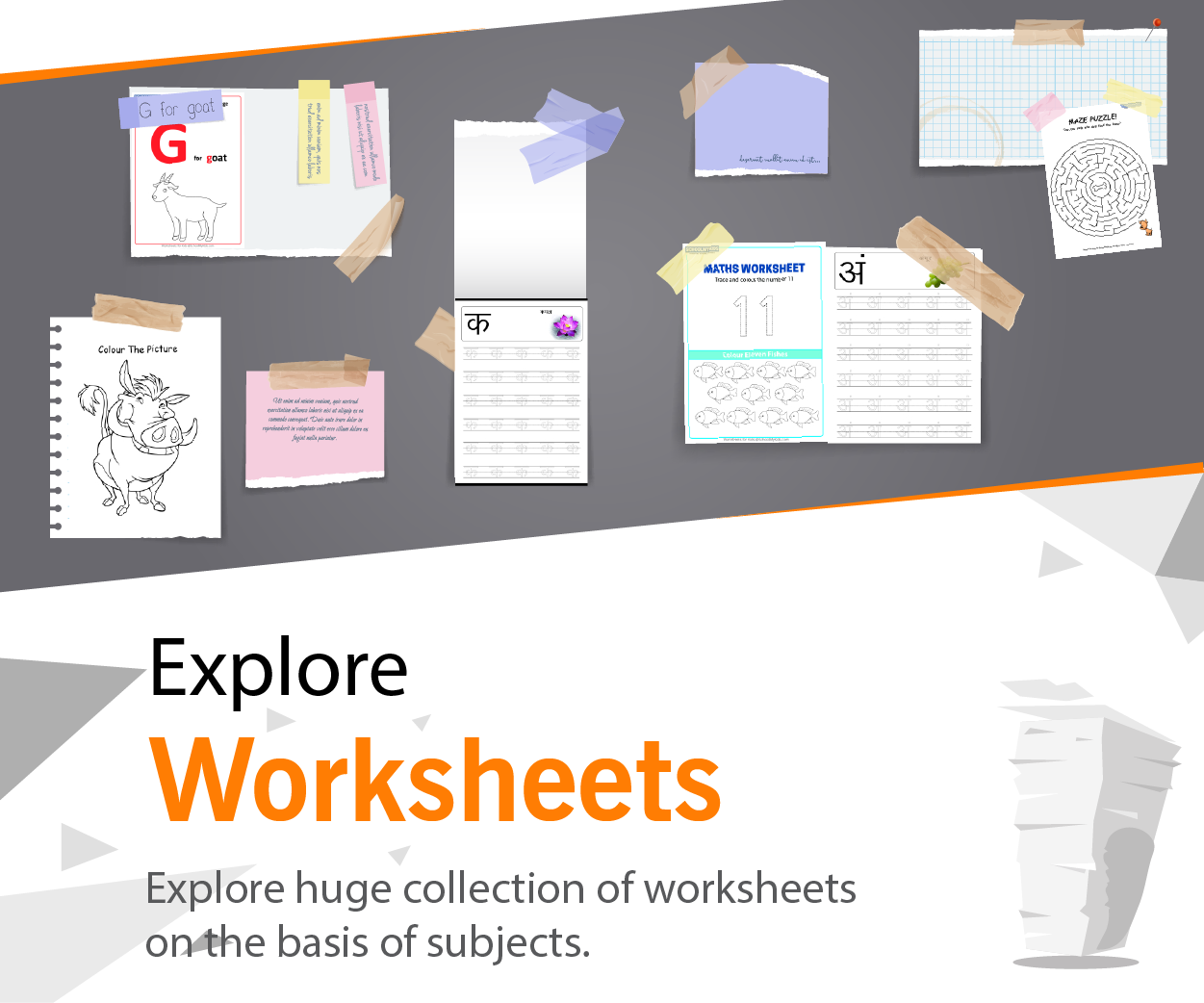

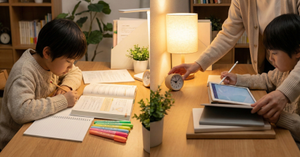

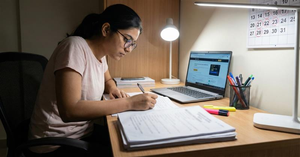


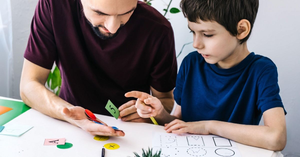
Be the first one to comment on this story.